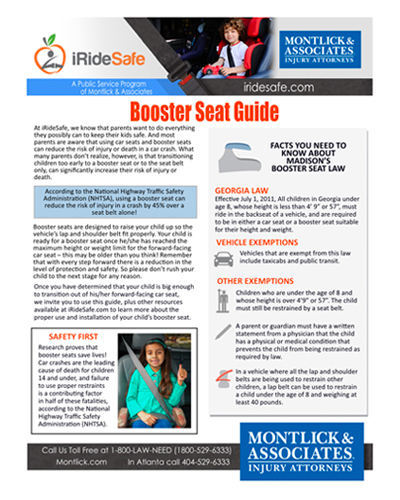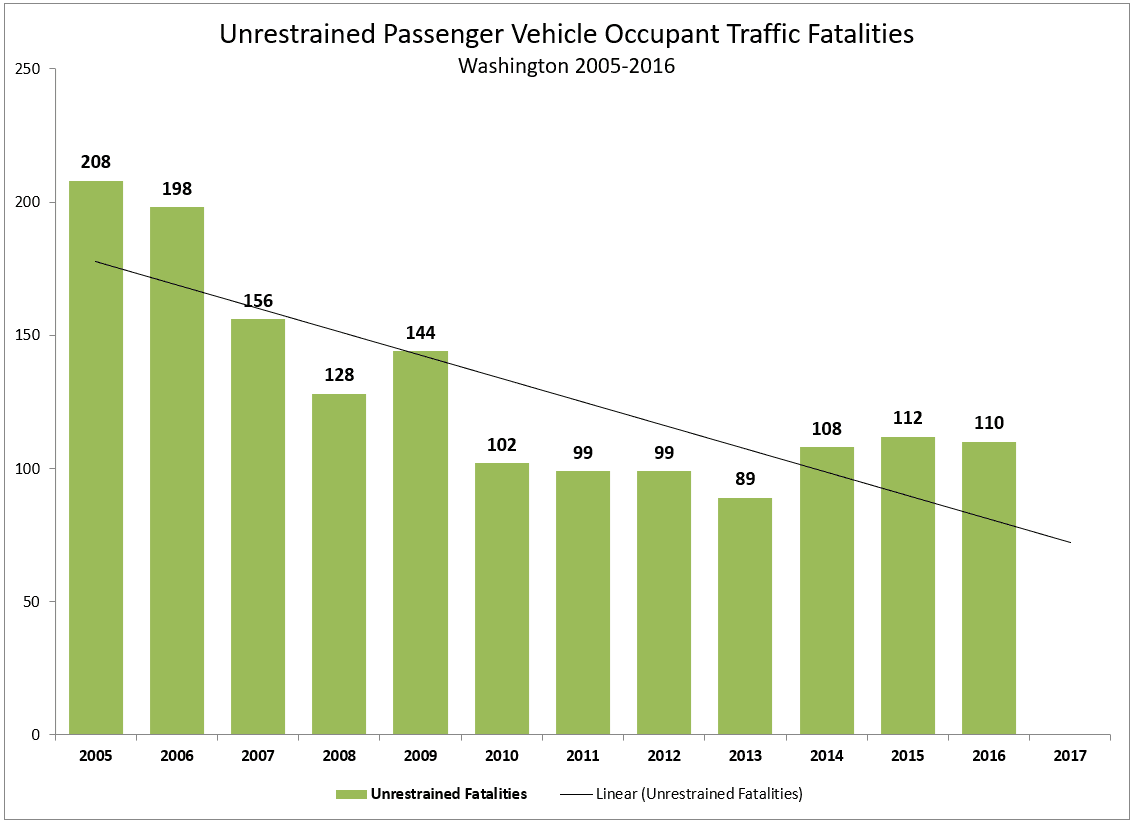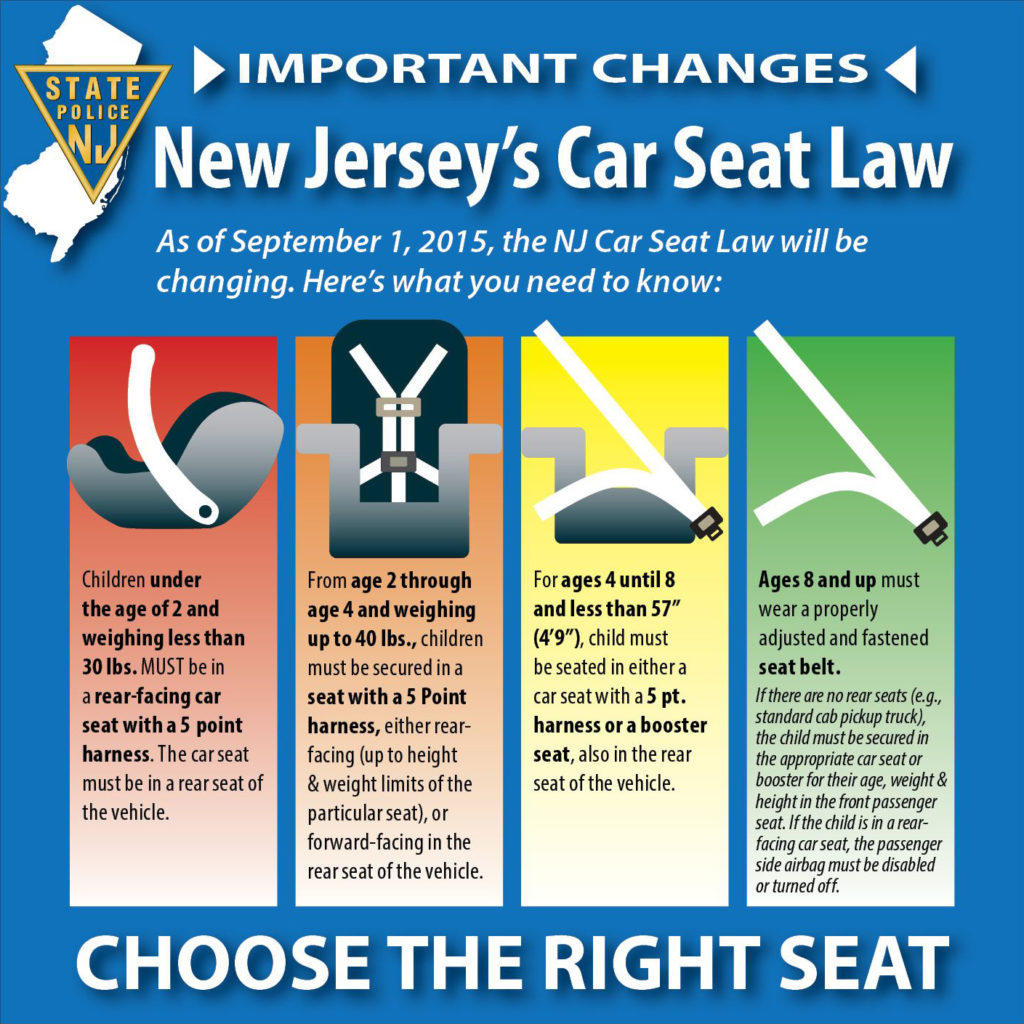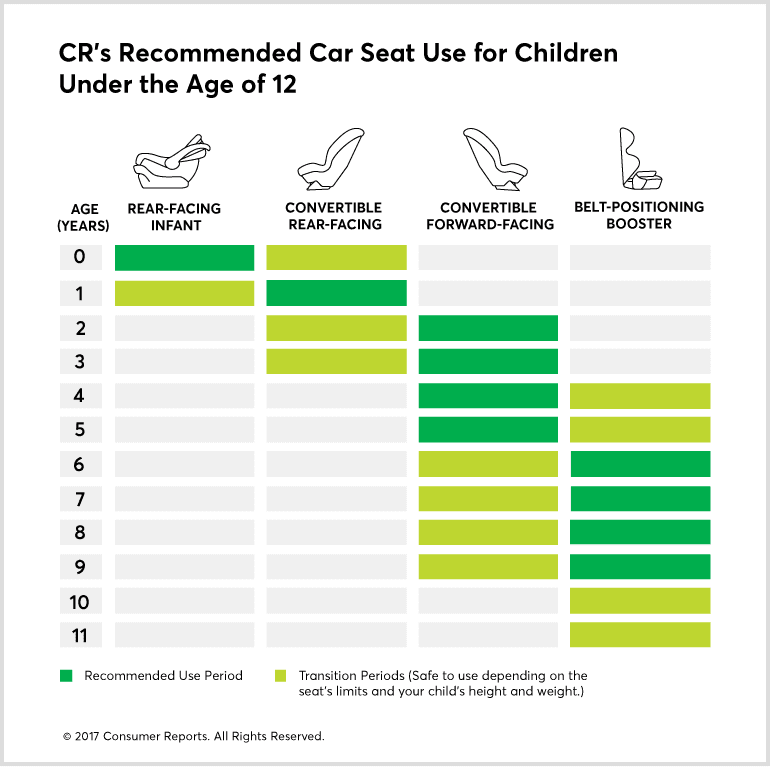The safest place for a child under 12 stated by law is in the back seat. Car seat manufacturers self certify that the car seat meets federal standards by crash.

Guide 2019 Virginia Car Seat Laws Andrew Flusche
Height and weight rules for car seats. Proper use this means the car seat is being used based on instructions for that particular car seat. Convertible and all in one car seats typically have higher height and weight limits for the rear facing position allowing you to keep your child rear facing for a longer period of time. The child must also weigh at least 20 pounds to be able to switch to a forward facing system according to iowa law. If you need help installing your car seat trust a professional and find a car seat inspection station near you. Boosters are available as all in one car seats and high back or backless models. Federal approval this means the car seat meets the federals standards set in fmvss 213.
Infants and toddlers should ride in a rear facing car seat infant only rear facing car seat or rear facing convertible car seat until they are 2 years old or until they have reached the weight and height limits of their car seat. The maximum weight and height should be checked for a car seat first since it is recommended that a child stay in a car seat for as long as possible. Its the best way to keep him or her safe. These instructions include installation use child meets the size requirements. 1 3 years. The booster seat weight starts at 40 pounds or for any child between the ages of four and six years of age.
Parents must also check their car seat manufacturers height and weight limits and follow recommendations from health and safety organizations. Using a child car seat or booster seat children must normally use a child car seat until theyre 12 years old or 135 centimetres tall whichever comes first. Forward facing car seat if they weigh more than 20 pounds. Definitions for common terms. Booster seat if they are between the ages of four and eight and stand less than four feet nine inches tall. According to the rules a child under the age of 8 who weighs between 40 and 80 pounds and is under 4 feet and 9 inches tall must have a booster seat when in the car.
The child booster seat is the next stage as the child outgrows the car seat option. This could include a car seat or booster seat but cannot include a regular seatbelt. Although this means that some larger infants and toddlers might have to graduate to a rear facing convertible car seat there are several models of infant only. Rear facing car seat the american academy of pediatrics aap recommends babies be in rear facing seats until age 2 or until they reach the car seats height or weight limit. Children over 12 or more than 135cm. Once your child outgrows these given limits a regular seat belt can be used.
Keep your child rear facing as long as possible. Thats usually 30 to. Visit our main car seat safety page for additional age weight and height guidelines. Additionally car seat law includes any child younger than six years old to be legally required to use a child restraint system. Forward facing seats are available as convertible combination and all in one models.














:max_bytes(150000):strip_icc()/move-toddler-to-booster-seat-293728-6701eb68c7e74fdb8ffb6e7ebbc5f21e.png)


